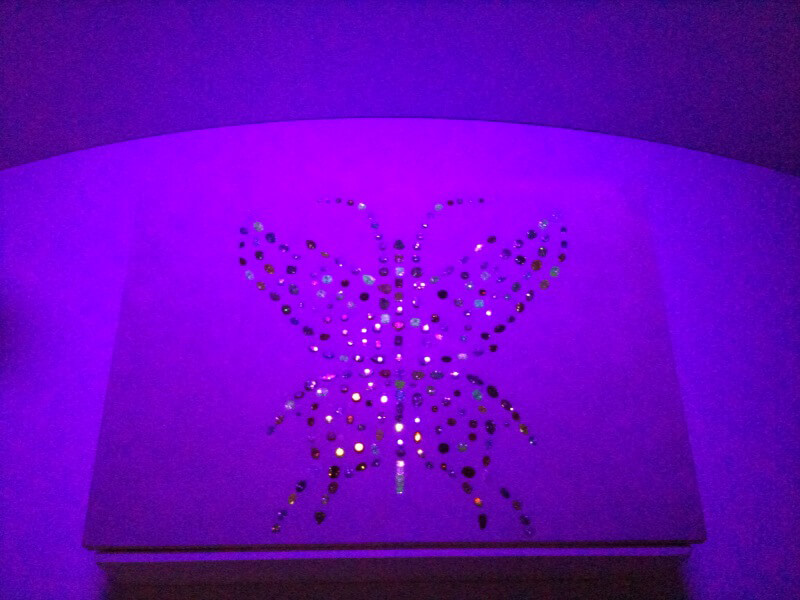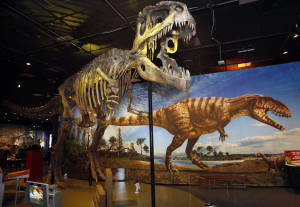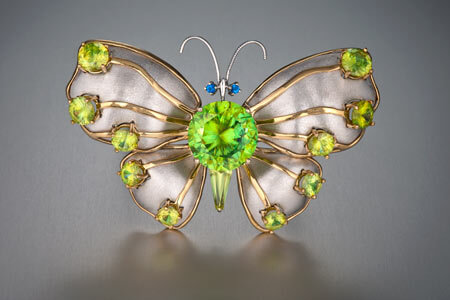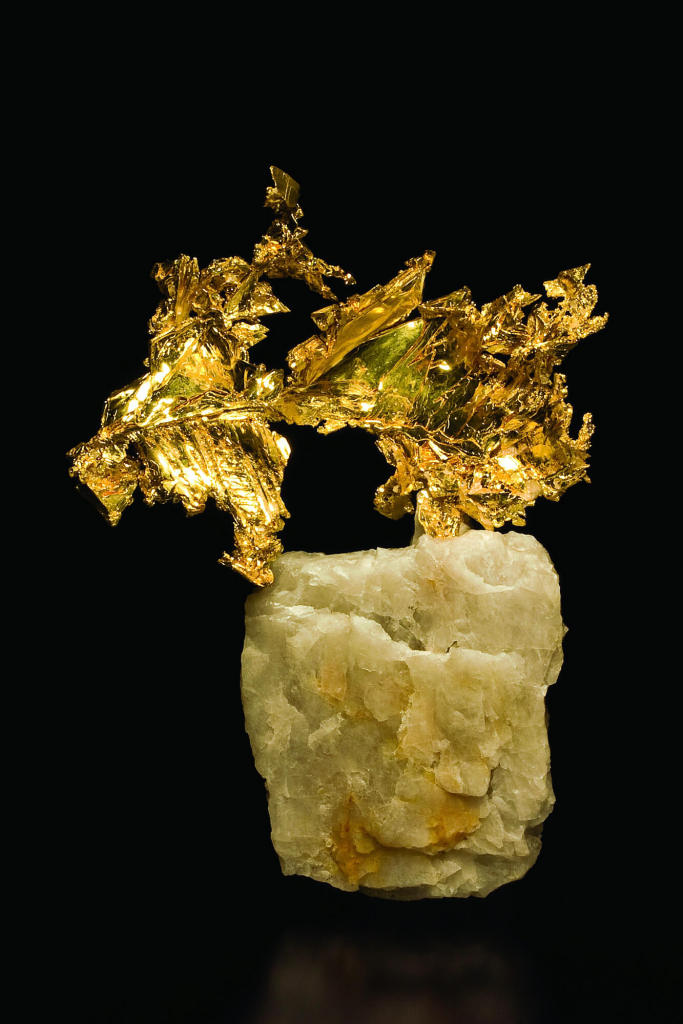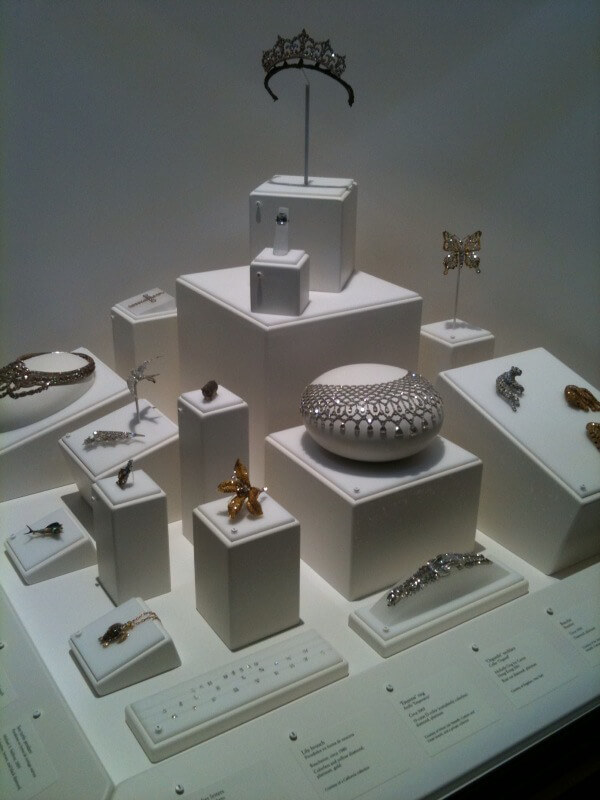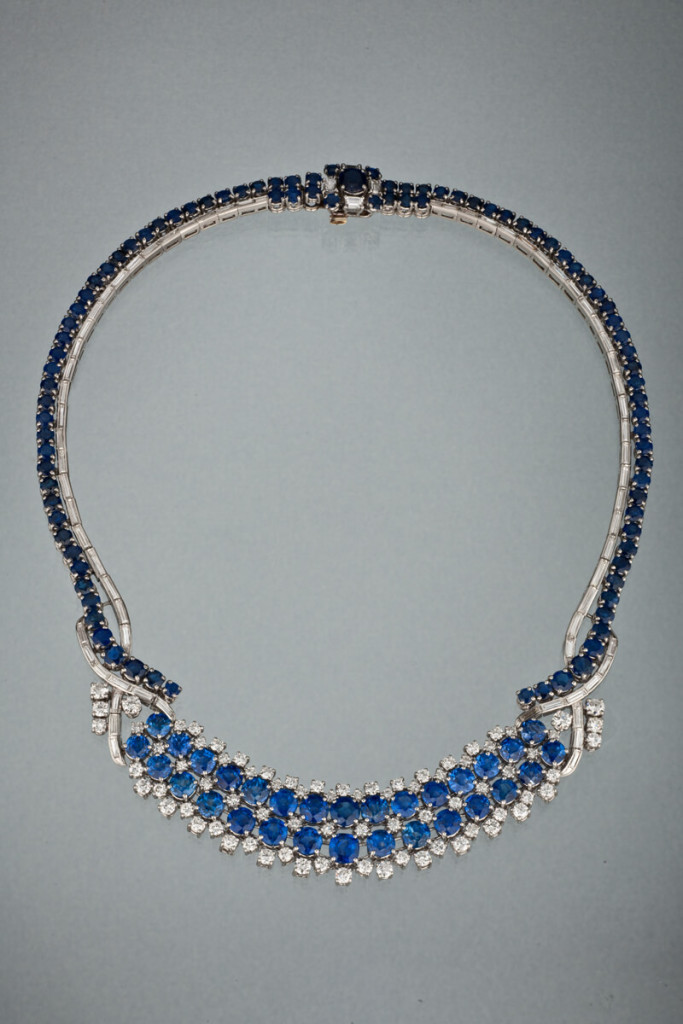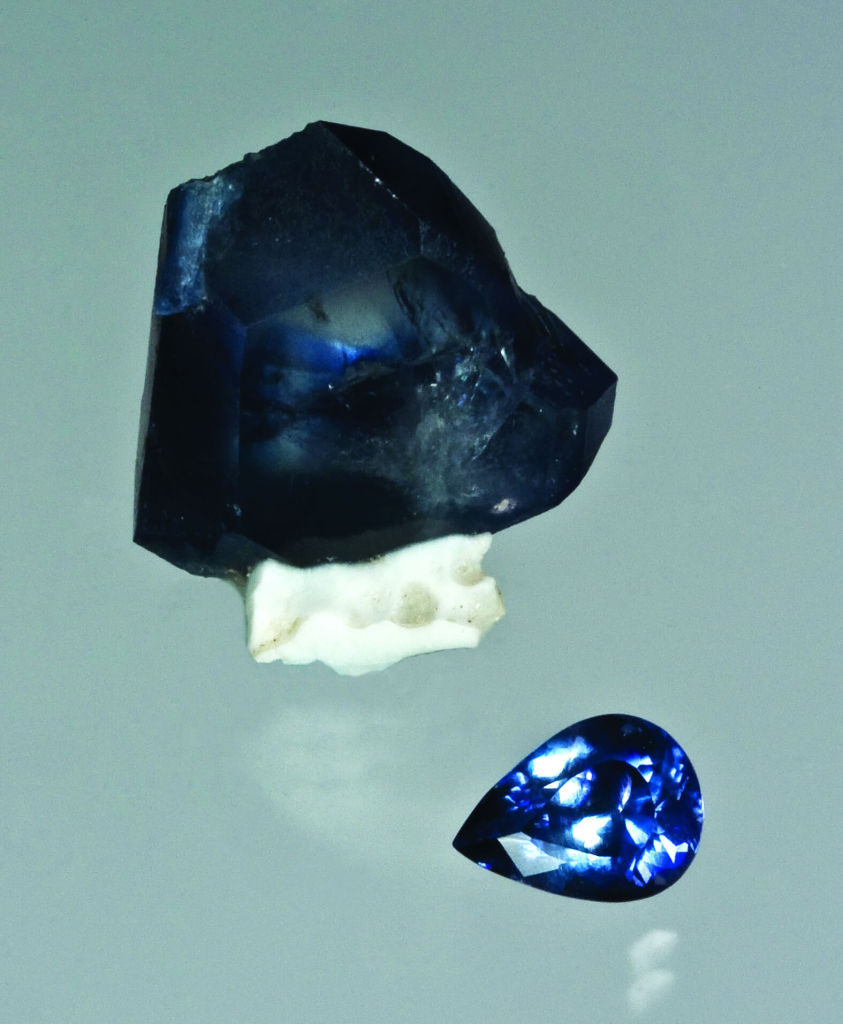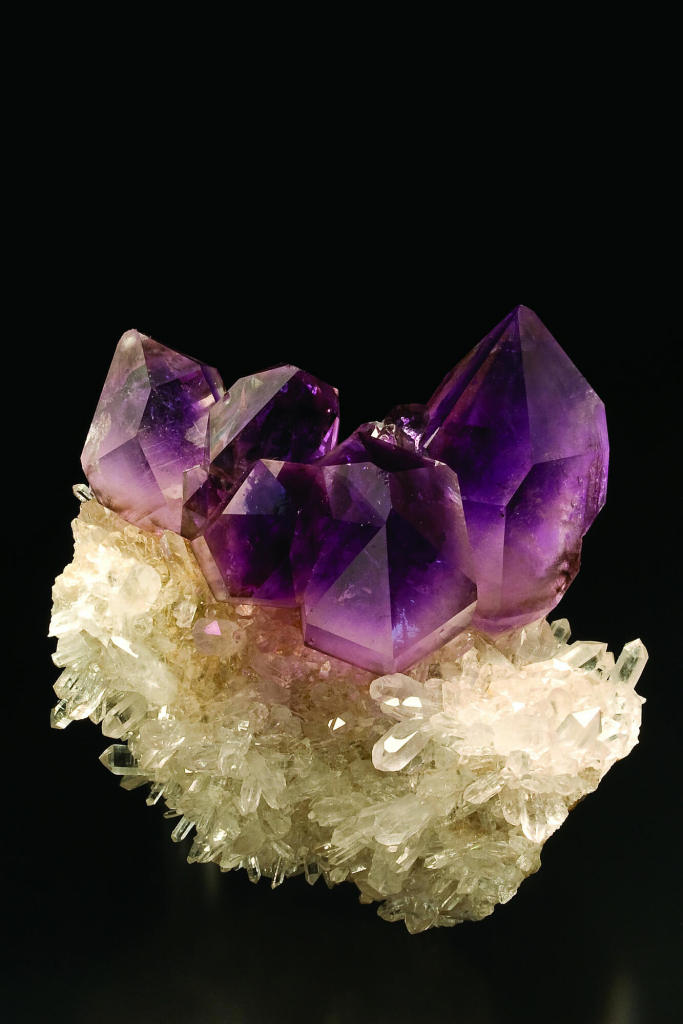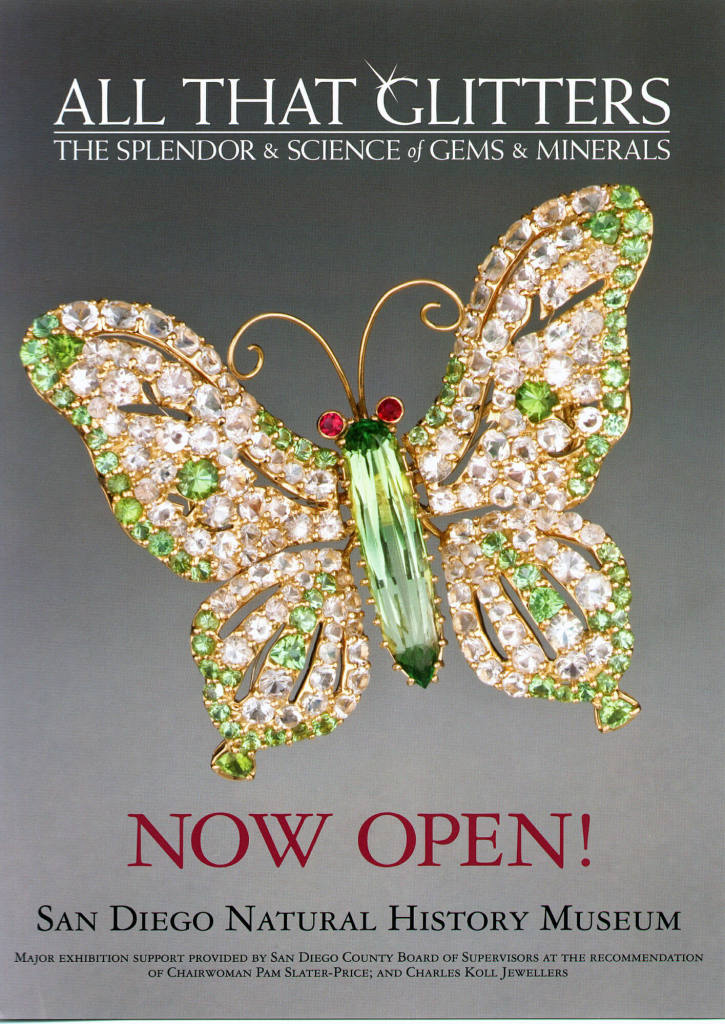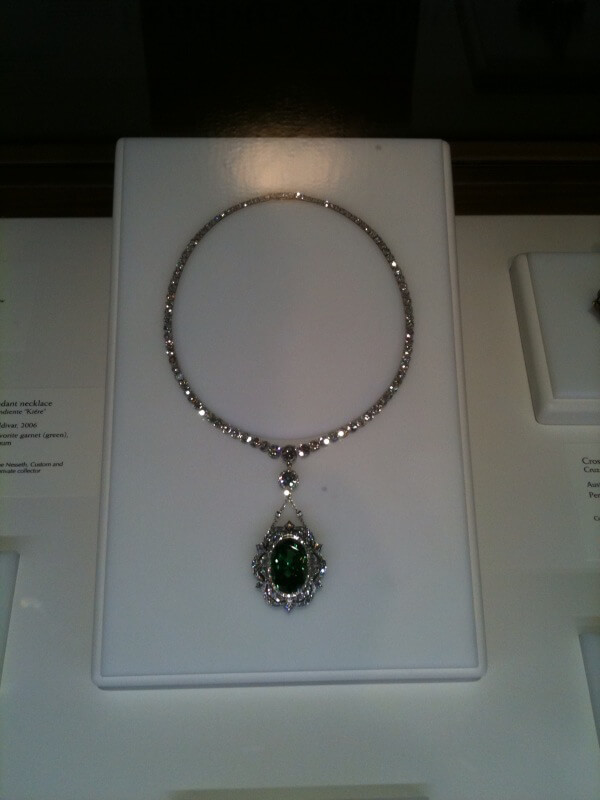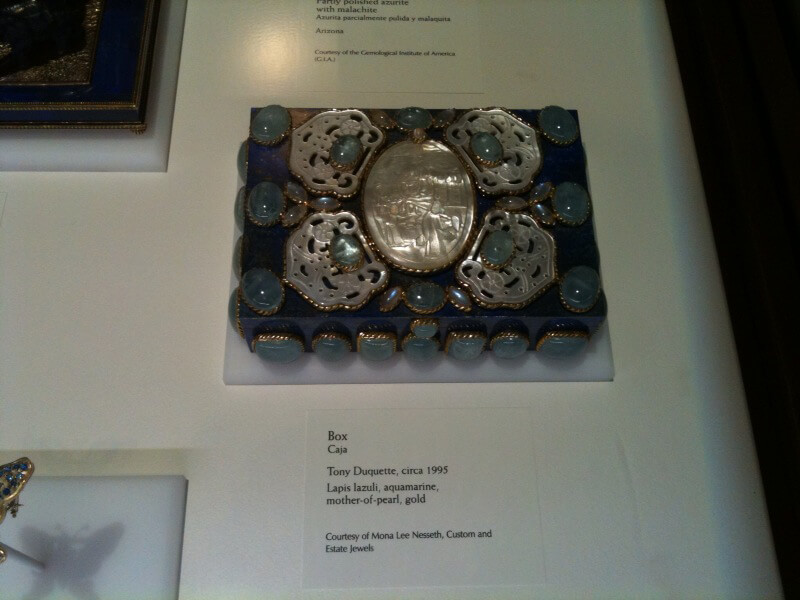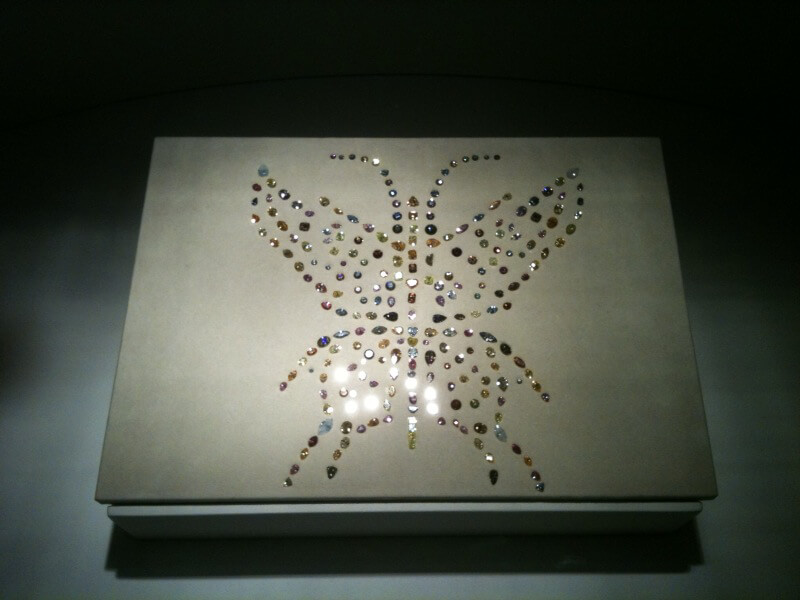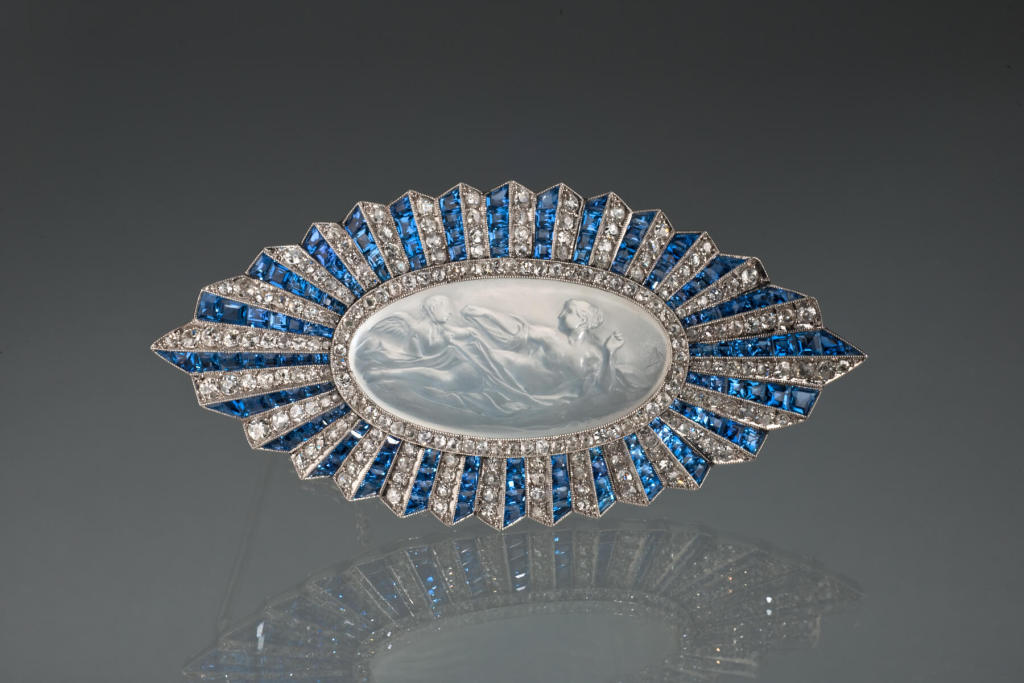San Diego Natural History Museum
The San Diego Natural History Museum is a museum located in Balboa Park in San Diego, California. It was founded in 1874 as the San Diego Society of Natural History. It is the third oldest scientific institution west of the Mississippi and the oldest in Southern California. The present location of the museum was dedicated on January 14, 1933. A major addition to the museum was dedicated in April 2001, doubling exhibit space.
Collections added to the Natural History Museum after its 1933 opening include the George H. Field collection of insects, the Ingersoll collection of birds’ eggs and nests, the Bumstead collection of game heads, a model of the Pacific Ocean bottom, the Valentien wild-flower paintings, the Bancroft collection of birds, the Moore collection of beetles, the Glassell collection of crustacea, the Fuller collection of birds’ eggs, the Cleveland collection of minerals, the Beckwith collection of shells, the Lowe collection of shells, the Sharp egg collection, the Bancroft egg collection, the Purer botanical collection of 4,000 sheets, the Jewett collection of birds and mammals, the B. Bailey collection of birds and mammals, and the Graham shell collection.
Museum Exhibition Upgrades of 2006
It is intimated, rather than affirmed, that the mass extinction of dinosaurs at the end of the Cretaceous was the result of a massive meteor impact. Bird, animal and marine life extinctions occurred at varying times during subsequent periods. The decline and loss of species is attributed to the moving of tectonic plates and to climatic changes, including the expansion and contraction of glaciers that took place during the Pleistocene.
It is not suggested that flesh-eating animals may have been a factor in the extinction of vegetable-eating species, though this appears to have happened during the Holocene Period (10,000 years ago to today), with the rise of homo sapiens . Exhibits are interactive and are, for the most part, touchable. While some answers are proffered, displays are meant to stimulate questions. Though people of all ages will find the exhibits interesting, an assortment of chirps and grunts and a “Ring of Fire” map on the ceiling with 3,000 flashing fiber-optic lights that show the location of volcanoes and earthquakes will appeal most to teenagers


